The Benefits of Digital Ads Versus Traditional Print Ads
Written By Melissa Carrick & Jake Roth
Have you ever wondered how an ad seems to find you wherever you are? Maybe you were browsing new shoes on your phone and then later looked up something else on your laptop but now you’re seeing the shoes you were just looking at on your phone. It’s like the shoes are following you until you click and make the decision to purchase. I know what you’re thinking but it’s not your FBI agent, it’s digital advertising.
With traditional print advertising changing rapidly it is now more crucial than ever to invest in advertising that reaches your audience where they are…online. Digital ads allow you to target specific audiences in different locations that help support your business goals.
If you’re thinking about making digital ads a part of your marketing strategy, you’re probably wondering “how much is this going to cost?” and “who can I really reach that I’m not already reaching with traditional ads?” So, we’ve broken down the basics of digital ads and created our very own digital ads calculator to help you calculate reach based on your budget.
So what exactly is digital advertising?
According to Amazon Ads, “Digital advertising refers to marketing through online channels such as websites, streaming content, and more. Digital ads span media formats, including text, image, audio, and video. They can help you achieve a variety of business goals across the marketing funnel, ranging from brand awareness to customer engagement, to launching new products and driving repeat sales.”
Chances are you’re used to seeing digital ads every day and it’s impacted your purchasing decisions more often than not. Even if you don’t buy directly from the ad, it may come to mind later on when you’re ready to add to cart.
According to ClickZ, “Internet users now make up 57% of the global population. On average, people spend 6 hours and 42 minutes online each day. By 2021, a projected 73% of all e-commerce sales will come from mobile.”
What’s the difference between traditional and digital ads?
We know change can be hard and switching from traditional ads to digital ads may not be in the cards for you right now, so we recommend a mix of both. The main difference between traditional and digital ads is one is static while the other is dynamic. Digital ads not only take less time to create and deliver as opposed to traditional print ads, but they also can be adjusted throughout the campaign. Things like creative, targeting and timing can be adjusted based on performance of the ad.
Types of Digital Ads
There are many types of digital ads and the type that is best for you depends on what your business want to achieve. Here are our top three recommendations to get started:
Search Ads
Description: Appears across a network of more than two million sites and apps, reaching 90% of people on the internet.
Usage: Increase brand awareness when users are browsing content they're interested in online.
Standard Display Ads
Description: Appear next to Google search results and on other Google partner sites when people look for businesses like yours.
Usage: Drive action on your site when users are searching for similar products or services.
Video Ads
Description: Appear on their own or within other streaming video content on YouTube and across Google’s network of websites and apps.
Usage: Reach your target audience at scale and bring your business' story to life.
Fact: Over 700 million hours of YouTube content is consumed everyday
What’s the big deal?
We’ll let the facts speak for themselves:
Digital Ad Facts:
Google owns over 90% of the search engine market, so advertising through Google Ads is the way to go.
Google Ads generate a revenue of $8 for every $1 spent (8:1 ROI)
60% of users have clicked on a Google Ad
Impact of Digital Ads:
Google Ads increase your customer base and help you reach more people
Google Ads tend to generate high-quality traffic by helping define your target audience
Google Ads help you learn more about your specific market thanks to real-time/up-to-date metrics
Digital Trends:
Start using responsive ads - Due to the expansion of ad sizes through responsive ads, Google can automatically adjust various elements of your ads which help maximize your target audience and increase performance. Advertisers on average saw 2X conversions when adding Responsive Display Ad to an Ad Group with a Static Display.
Now what?
Think about your business goals and where you could benefit most from Google Ads. Type in your budget to see an estimated reach for your online ads. We recommend a minimum monthly spend of at least $500. Then contact us to get started!





